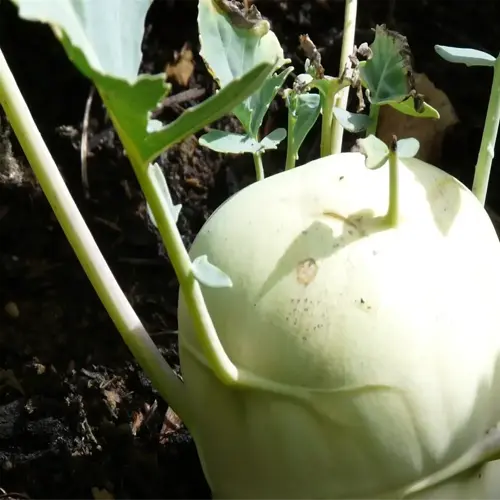Why cure sweet potatoes after harvesting?

Written by
Benjamin Miller
Reviewed by
Prof. Samuel Fitzgerald, Ph.D.Curing sweet potatoes turns freshly dug roots into sweet, durable staples. The curing renews failures from digging while converting starches to sugars by enzymes. The first harvest that I cured lasted for nine months in storage - the uncured potatoes from that same harvest went bad in three weeks.
Ideal Conditions
- Temperature: 85°F (29°C) for 10-14 days
- Humidity: 80-90% with constant airflow
- Use racks for single-layer tuber placement
- Monitor with digital hygrometer
Chemical Changes
- Starch reduction: 18% to 6% in 14 days
- Sucrose increase: 3% to 10% post-cure
- Periderm layer formation for protection
- Antioxidant boost in purple varieties
Troubleshooting
- Mold prevention: Space tubers 1" apart
- Rot management: Remove affected roots daily
- Humidity hacks: Damp burlap over crates
- Cold climate solution: Insulate curing areas
You can improve curing environments through simple modifications. I transformed a garden shed by adding a space heater and a humidifier; I was able to maintain 85°F/85% humidity over twelve days. This environment cured 50 pounds of Jewel sweet potatoes, for I was still able to store them firmly until the next planting season.
After they have cured, tubers should be stored under strictly controlled conditions. Try to store tubers around 55-60°F (13-16°C) and in breathable containers like wooden crates. I use a local basement for my storage system, laying tubers in layers with newspaper in between. There, I maintain 75% relative humidity through the winter months without mold and other harmful issues.
Read the full article: How to Grow Sweet Potatoes: Complete Guide

